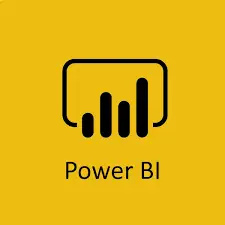Power BI Explained - Features for February 2020
One of the things we love most about Power BI is Microsoft’s commitment to the product, as demonstrated by its rapid development cycle. Every month, the Power BI team delivers requested features and improvements to both functionality and user experience. We boil it down to a simple explanation designed for business end users, so here’s the news you can use…
The Big Deal
Incremental Refresh is now generally available! What is it? Incremental Refresh is a way to manage large data sets, improve refresh performance, and reduce the load on source systems by only refreshing the most recent data.
Why should you care? Previously, incremental refresh was a Premium ($) only feature. Now – everyone can take advantage of this enterprise feature. Reclaim your space! How does it work? Read all about it here.
Visualizations & Analytics
Two new DAX functions, FirstNonBlankValue() and LastNonBlankValue(), have been introduced. This is akin to a MIN/MAX but will automatically ignore blanks and nulls. For developers, this simplifies the code by eliminating the need to write explicit ull/blank handling.
The other big deal – the Hierarchy Slicer! This little beauty allows you to nest dependent values in a single slicer. Instead of having Country, Region, and State slicers, for example, you can have one slicer with States nested under Regions, and Regions nested under Countries. Reclaim your page space!
New Data Connectors
Power BI can connect to almost any data source. While most needs are covered by the basic database and file connectors, Power BI offers an array of specialized connectors that help you connect to specific systems or web sources.
New Data Connectors are available for:
- FHIR (Fast Healthcare Interoperability Resources)
- FactSet
- TIBCO
- JAMF Pro
- Asana
New Template Apps are available for:
- Microsoft 365 usage analytics
- NFL analytics (Fantasy Football, anyone?)
- Acterys for Quickbooks and Xero
Be sure to check out our additional Power BI explanations designed for end users…







